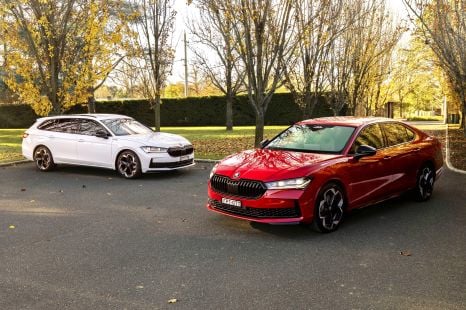

Max Davies
2025 Skoda Superb Sportline review
2 Months Ago
Want a hot European hatch? BMW has you covered, because the new 1 Series is a seriously fast, eye-catching proposition on top-shelf form.
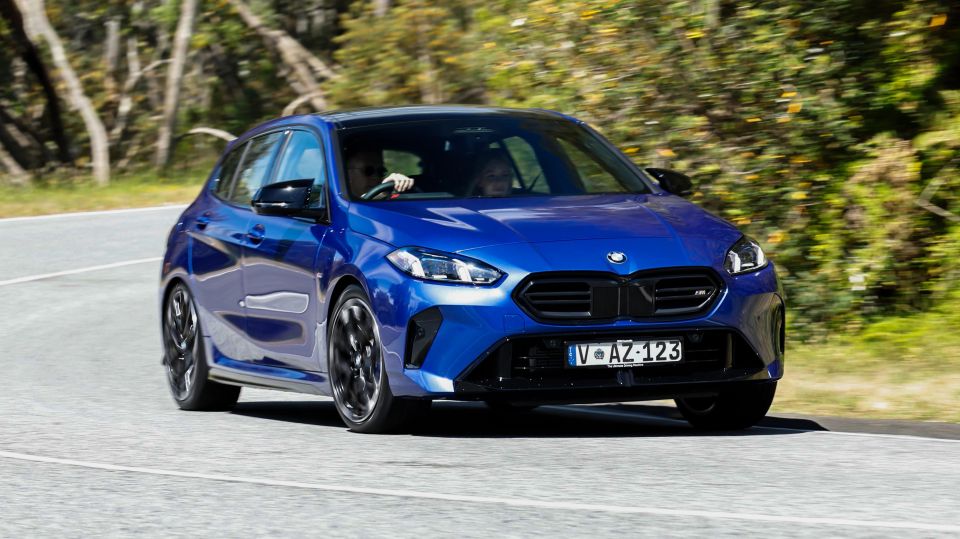
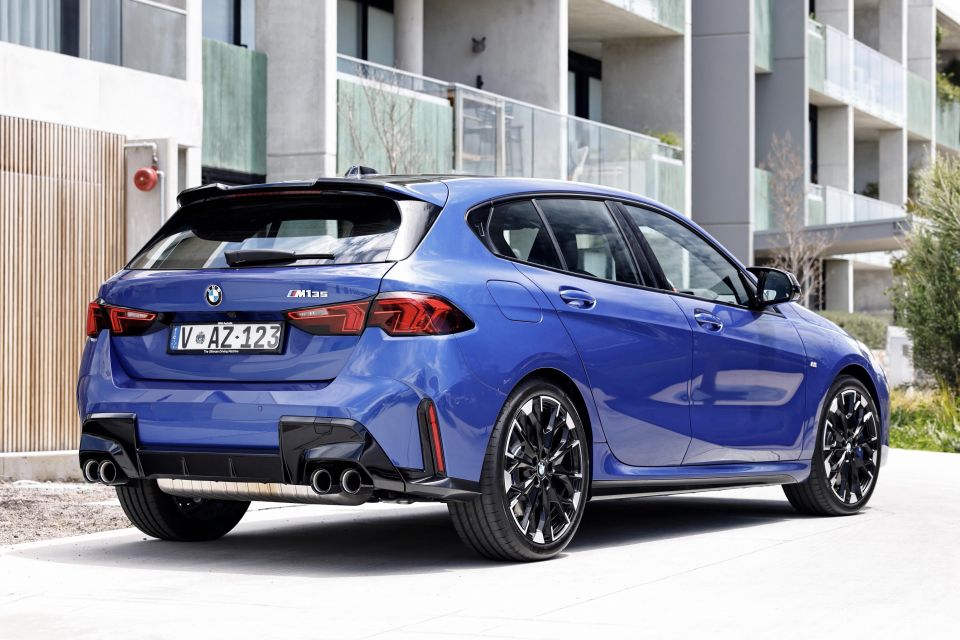

Quickly see how this car stacks up against its competition. Select any benchmark to see more details.
Where expert car reviews meet expert car buying – CarExpert gives you trusted advice, personalised service and real savings on your next new car.
You could keep things simple with the new BMW 1 Series, or you could satisfy your enthusiast desires instead.

BMW’s fourth-generation 1 Series hatchback brings a lot to like: two variants with two different engines, both of which are well-geared for their intended purposes, loaded with advanced interior tech, and brimming with the kind of design and build quality expected of vehicles from such a well-established European brand.
So the only question appears to be which of the two cars in the range your should choose. Well, they’re actually quite different, and they have a huge $26,000 pricing gulf between them, so it’s rather easy to set them apart.
If you want an affordable German hatch to run around in, albeit one that offers decent performance, crisp handling and can accommodate a surprising amount of people and cargo, the logical choice is the front-wheel drive 118 three-cylinder – which we’ve published a separate review of.
But if you want something a little extra that delivers hot-hatch performance in the same 1 Series body, you’d go for this – the new M135 xDrive.
WATCH: Alborz’s video walk-around of a German-market M135 xDrive.
It has the same high-quality cabin technologies, materials and fit and finish as the 118, but adds a four-cylinder engine and all-wheel drive, so the difference is it’s properly fast. And there’s a comprehensive range of optional gear available to make it more like a full-fat 1 Series M model.
Naturally, like the 118, the higher-performance M135 has a few competitors that also hail from Germany, including equivalent versions of the Mercedes-Benz A-Class and Audi A3 – the A35 AMG and the S3 respectively. There’s not a lot to separate them on paper, and their prices are equally competitive.
We published our first review of the new 1 Series from the international launch a few months ago, and now we’ve had our first drive of the new 1er at BMW Australia’s local launch, where were able to sample both variants on roads in and around the Melbourne suburb of Dromana, providing a solid mix of road types and conditions.
Is the new M135 worth the significant price premium, or are you better off keeping it simple and saving a big wad of cash by buying the 118 instead?
The 2025 M135 xDrive is priced at $82,500 before on-road costs – a $5900 increase over the outgoing model – while the new 118 costs ‘just’ $56,500 plus on-roads.
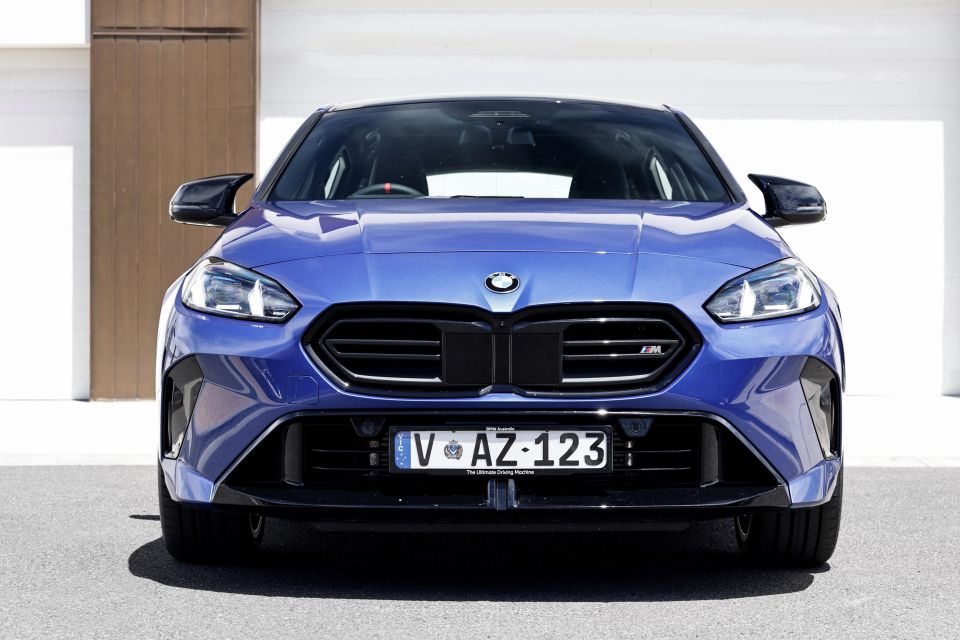
At that price the M135 has three direct hot hatch rivals, and all of them are also German and powered by a 2.0-litre turbocharged petrol engine driving all four wheels via an automatic transmission.
The closest-matched Merc is the A35 AMG, which for a premium ($88,500 before on-roads) offers nearly identical power outputs and, unlike the BMW, is also available in sedan form. However, note that the second-generation BMW 2 Series Gran Coupe sedan, including the similarly renewed and renamed M235 xDrive, arrives here in early 2025.
In the case of Audi, the M135’s most direct competitor is the S3 Sportback at $75,400 before on-roads. Again, it has a similar engine with nearly identical outputs, all-wheel drive, and a sedan counterpart, meaning the BMW splits the difference on price.
Though it’s significantly cheaper at $70,590 before on-roads, you can also compare the M135 to the Volkswagen Golf R, which again is almost nearly identical in terms of its powertrain and body configuration.
| Model | Price excluding on-road costs |
|---|---|
| 2025 BMW 118 | $56,500 (+$1700) |
| 2025 BMW M135 xDrive | $82,500 (+$5900) |
To see how the BMW 1 Series stacks up against its rivals, use our comparison tool
The 118 and M135 are very similar inside, and that’s reflected by the similarities between our two reviews. That said, there are some tastier M-flavoured treats to be found in the M135.
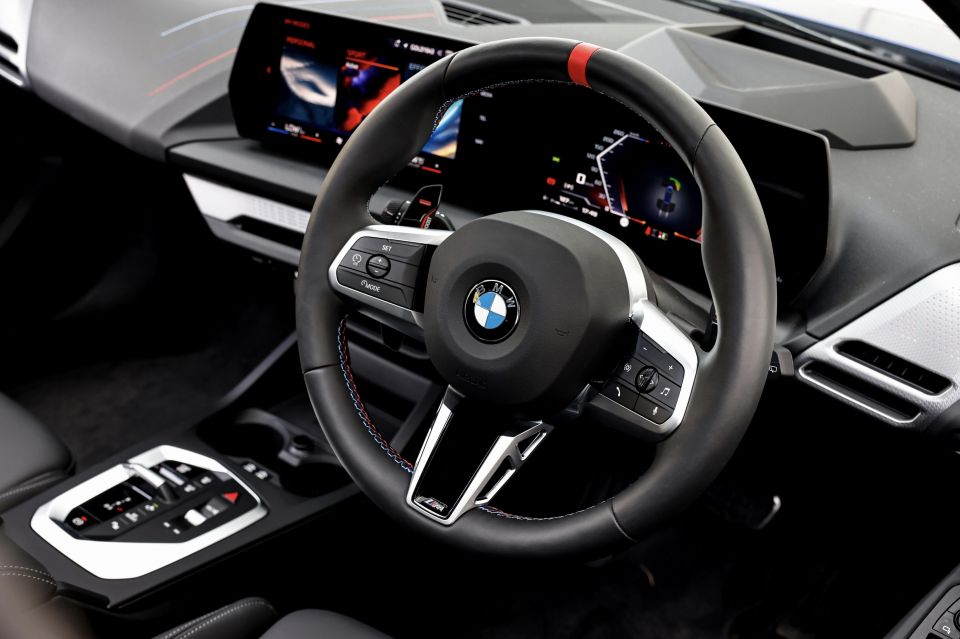
At first glance and without the M Sport Package Pro fitted, you’ll struggle to find any major differences between the M135 and the 118. That’s partly why you won’t be missing out on much by opting for the cheaper 1 Series, at least not on the inside.
As standard, M135s are fitted with the same dual driver-oriented screens, sporty seats upholstered in either a mix of Alcantara/vegan leather – known as Veganza – or purely Veganza at no extra cost, and the same chunky leather-wrapped steering wheel as found in the 118.
The subtle changes are in relation to the driving controls. Starting with the steering wheel, it’s still buttery smooth in the hands but you’ll notice a red 12 o’clock marker stitched into the top.
Behind it are larger paddle shifters, which are aggressively shaped and feature unique cut-outs to signify positive and negative on each side.
Adding the M Sport Package Pro takes things to the next level. The most minor change is the stitching, which on the steering wheel features the iconic blue and red M colourway.
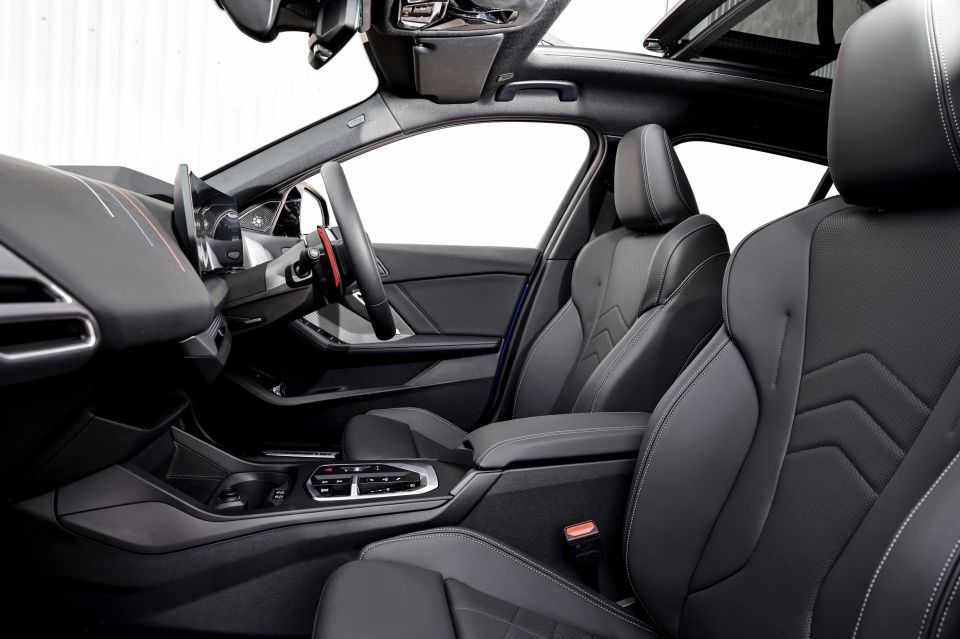
Then there are the seats, which are swapped out for aggressively racing-inspired sports buckets. They hold you in place well too, making sure you’re planted if you decide to take the M135 for a spirited drive.
You’ll find more M accents on the seatbelts, while the brake calipers are now painted red and the interior ambient lighting also reflects the colours of BMW’s performance sub-brand. It’s all very nice, but it’s worth remembering those tweaks are added to an interior setup that’s already very well put together.
The interior ambient lighting can also be adjusted through the 10.7-inch infotainment screen, through which most of the car’s other functions are also controlled. Unique interior presets can also be optioned at the time of purchase, which are configurable here and change the experience inside the cabin.
A handful of modes are primarily presets for lighting colours and screen backgrounds, but others actively adjust things like audio and the panoramic sunroof to alter the environment for the cabin’s occupants.
Silent mode, for example, closes the sunroof shade and mutes the quality audio coming from the Harman Kardon speakers, allowing you to focus on, well, driving.
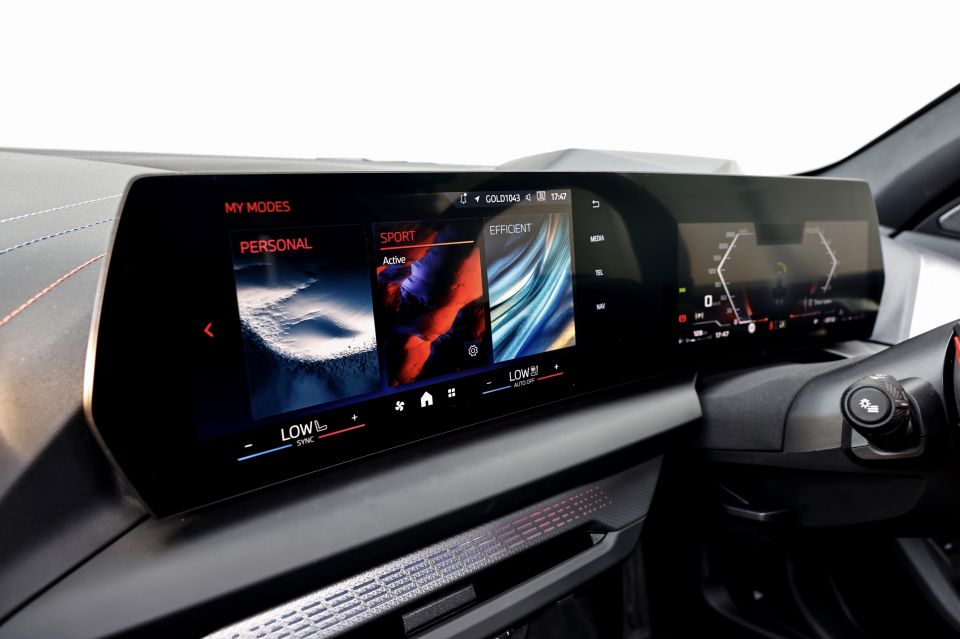
If optioned, there are realistically a few too many modes to figure out and select. Chances are most owners will find one they like best and stick with it, leaving the others sitting there dormant except perhaps for showing new passengers what the car can do.
From a practical standpoint, the infotainment display is also where you’ll find the climate control system – with which BMW has taken an always-on approach. That means the screen displays the climate control interface at the very bottom regardless of what menu is selected above.
It’s better than having to go through a menu, but we’d still prefer physical buttons because we find screen-focused climate systems to be finicky and distracting while on the move.
The 1 Series in general also features a similar isolated toggle and dial, as seen in the 5 Series, to adjust air vent direction, which can be a little unintuitive until you get used to it.
Using this system has allowed BMW to hide the vents in narrow slots within the dashboard itself. It’s clean in appearance as a result, but as with the 118 it’s perhaps not worth sacrificing user-friendliness in the pursuit of minimalism.
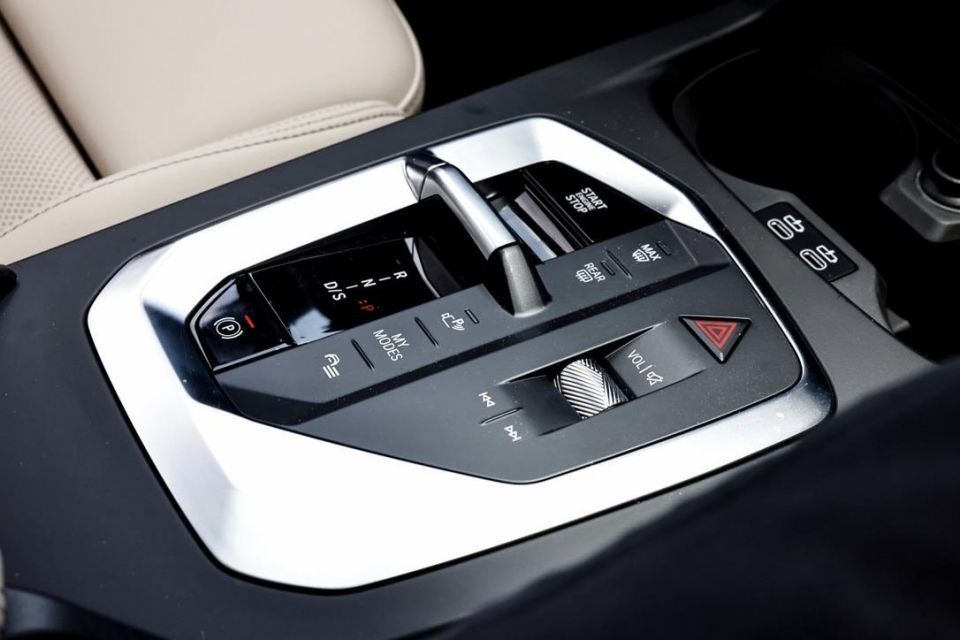
Around the gear selector is the exact same array of buttons as found in the 118, which focus on functions like window demisters and driving-related modes.
As expected, it’s linked directly to the infotainment screen above, which means a menu will open when a button is pressed. At least it’s not all gloss-black plastic, but that doesn’t excuse its use on the couple of buttons that are frequently touched.
One of those is the button to start and stop the engine, which is integrated into the larger gear selector panel. It’s a neat place to put it but it’ll take you a moment to find when you first jump in.
In a similar sense, the functions of some of the nearby buttons may not be completely obvious, which means some time with the car will be required to become fully familiar with the car.
Even then we had to ask for some guidance from the BMW execs at the launch, primarily around what all the different infotainment modes do. We found the ‘Personal’ mode is the default setting, while the others – excluding Sport and Efficient – are almost entirely focused on interior aesthetics.
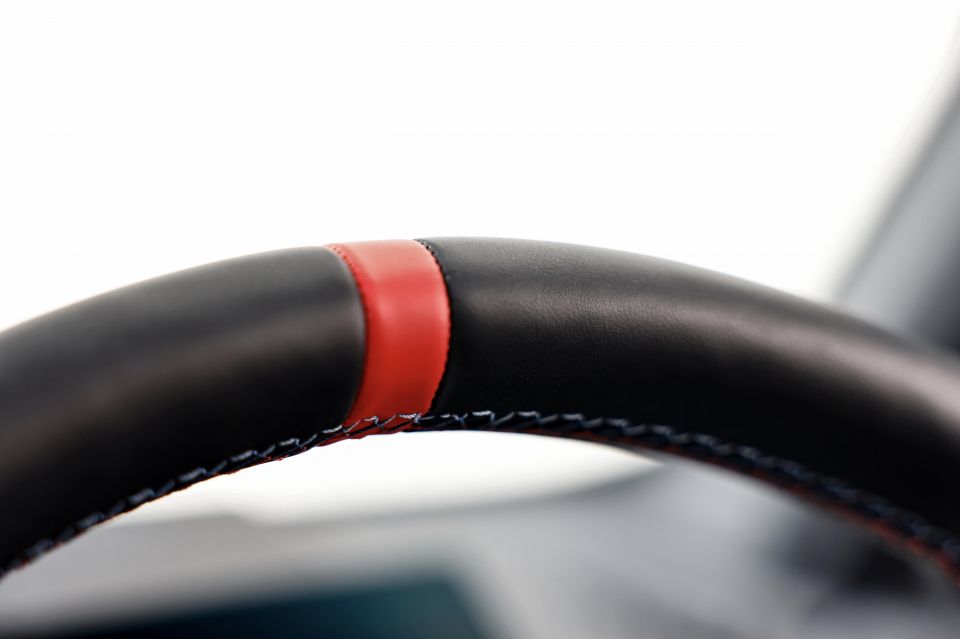
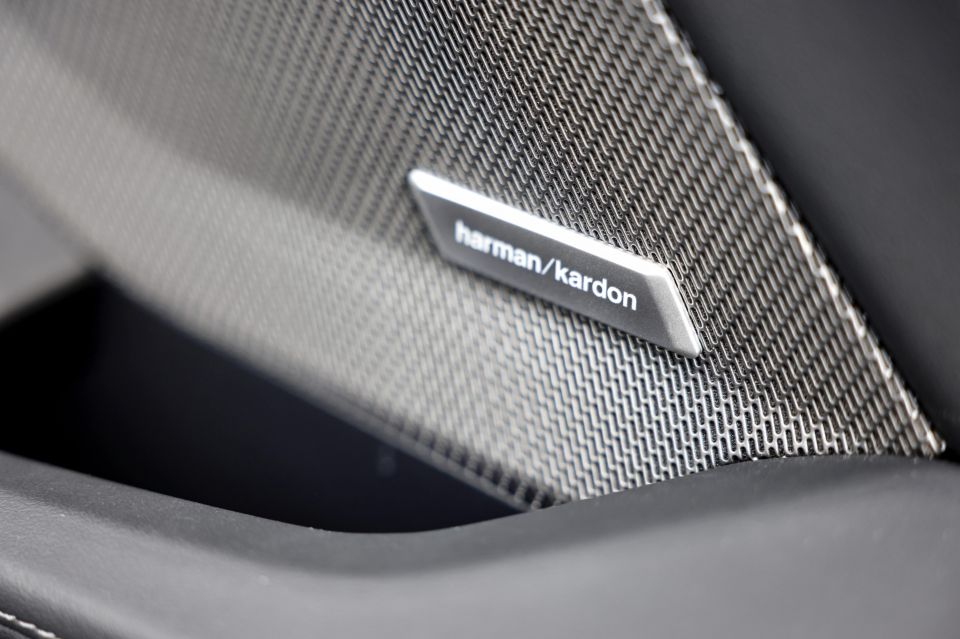
We know choice is good, but again there’s just a bit too much going on. Still, having dedicated shortcut buttons for such menus in a place that’s easy to find and reach is always a bonus.
On the centre console are two cupholders, as well as two USB-C ports and a 12V outlet. There’s also a phone-sized cubby, which doubles as a wireless charging pad.
More buttons are found on the steering wheel, which – as mentioned – is exactly the same as in the 118 if you exclude the red stripe. All of its buttons are finished in durable hard plastic instead of the gloss-black alternative, and they’re all physical instead of haptic like we’ve seen in some other German cars.
We’re thankful for that, because it means the 1er feels much more analogue and easy to work with. The buttons may also seem minimalist in appearance, but you’ll find their functions are all actually clearly labelled.
That means the functions here – which include driver assist and infotainment controls – are easy to figure out, and unlike some of the car’s other features will not be too confusing when you first hop in. Better yet, we find the steering wheel’s edgy design elements to be quite stylish.
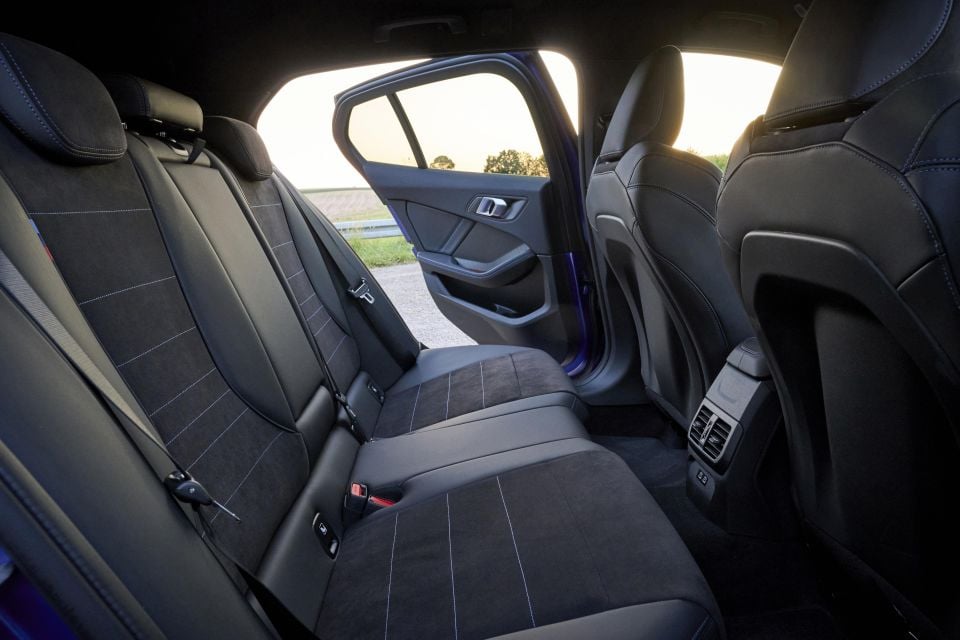
As with the 118, the second row is surprisingly spacious. Given its hatch body though, the 1 Series will be fairly cramped when you’re at maximum five-person capacity.
Average-height passengers will find there’s plenty of room all around, helped by the high roofline towards the back of the car and cut-outs in the front seatbacks. It may feel somewhat boxed-in back here, but that’s likely because of the black headlining above.
That headliner and sunroof make everything feel a bit more premium, and the cozy atmosphere back here means it’s a nice place to spend time in. Rear-seat passengers can also make use of two USB-C ports and a pair of rear-facing air vents.
There’s a fold-down centre armrest too, and overall the three-seat rear bench is comfortable to sit in, if a little flat.
Finally, the boot offers a large, flat floor and a robust cargo cover up top. For comparison, seats-up space in the 1er is 10 litres larger than in the A-Class hatch, and exactly the same as in the A3 Sportback.
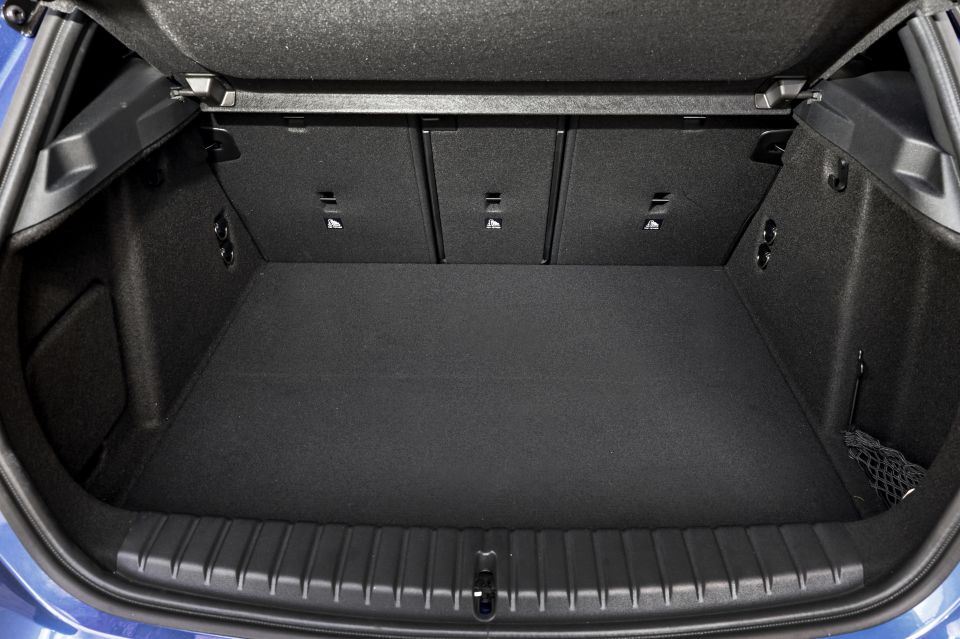
BMW has fitted a fair few cargo hooks here too, but there is a pronounced loading lip between the boot opening and the floor. That’s typical of many other similarly sized hatches, though it’s not any less impractical.
The lack of a spare wheel means the floor can sit lower, which means you get more cargo space. Unfortunately, BMW only provides a tyre repair kit.
To top it all off, there’s a powered tailgate as standard. Everything is just as premium as in the 118, though those optional M Sport extras are well worth adding if you’re already making the jump to BMW’s fastest hatch.
| Dimensions | BMW 1 Series |
|---|---|
| Length | 4361mm |
| Width | 2072mm (incl. mirrors) |
| Height | 1459mm |
| Wheelbase | 2670mm |
| Cargo capacity | 380L (rear seats up) 1200L (rear seats folded) |
To see how the BMW 1 Series stacks up against its rivals, use our comparison tool
You’ll find the most powerful engine of the two-car 1 Series range in the M135, and it’s capable of producing 233kW of power and 400Nm of torque, which despite being 160kg heavier than the 118 is enough for BMW claim a rapid sub-5.0-second 0-100km/h acceleration time (more than 3.5 seconds better than the 118 and it feels that quick).
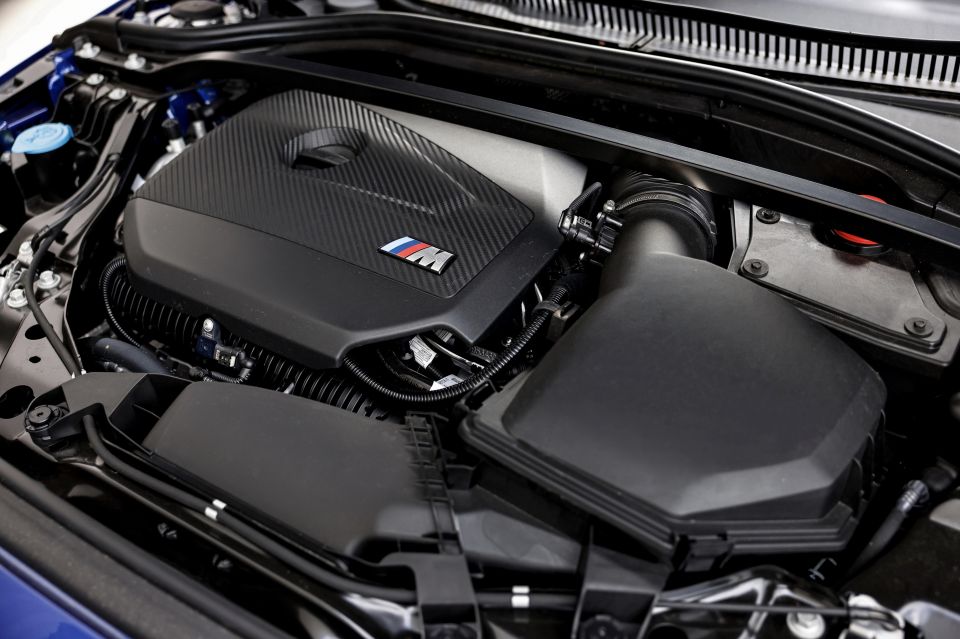
Its peak power output is up 8kW over the previous model (and now ahead of both the 228kW S3 and 225kW A35), though maximum torque is down by 50Nm and now matches its German foes.
The engine is mated to a seven-speed dual-clutch automatic transmission (like the 118) and all-wheel drive as standard.
We’re unable to provide a representative real-world fuel economy figure, as we didn’t get enough time behind the wheel of any one vehicle to properly test how efficient it would be to live with, but note that fuel bills will be pricier on a diet of 98 RON unleaded, as per the 118.
| Specifications | BMW M135 xDrive |
|---|---|
| Engine | 2.0-litre turbo-petrol 4cyl |
| Power | 233kW |
| Torque | 400Nm |
| Transmission | 7-speed dual-clutch auto |
| Drive type | All-wheel drive |
| Acceleration (0-100km/h) | 4.9 seconds |
| Kerb weight | 1550kg |
| Fuel economy (claimed) | 7.8L/100km |
| Fuel tank capacity | 49L |
| Fuel requirement | 98 octane premium unleaded |
| CO2 emissions | 177g/km |
| Braked tow capacity | 750kg |
To see how the BMW 1 Series stacks up against its rivals, use our comparison tool
This is where the largest disparity between the M235 and the 118 lies, and the performance gap is big enough to make them feel like completely different cars on the road.
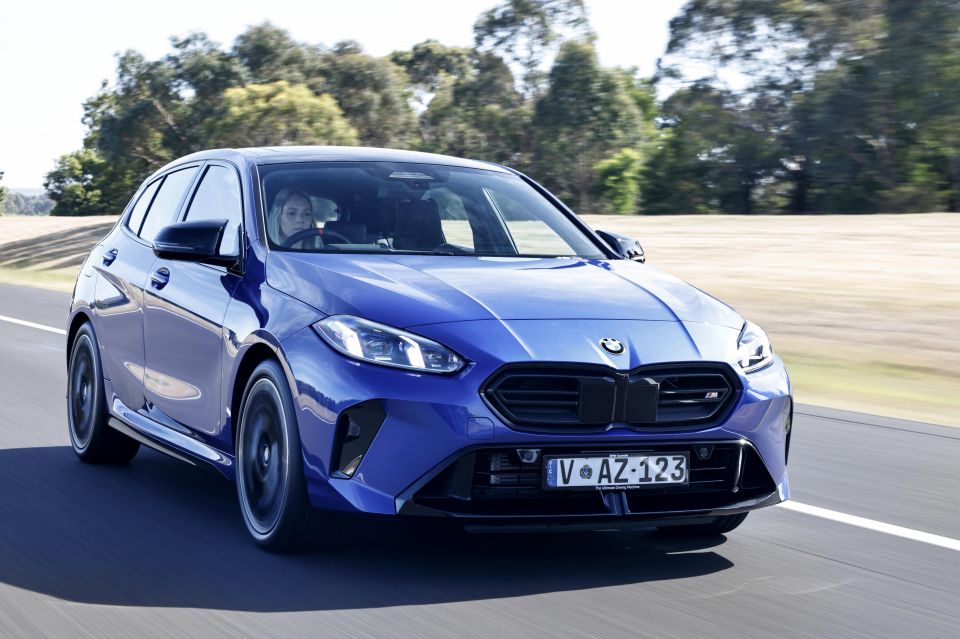
While you’d be forgiven for mistaking the 118 for the M135 inside, closer inspection reveals exactly what you’re about to drive when you hop behind the wheel of this car. There’s a heightened sense of excitement, even if you’re greeted by the same M badges as seen across the BMW range.
But pressing that discreet startup button reveals exactly what it is you’re dealing with. The M135-specific quad-exit exhaust gives the car much more presence via an aggressive idle, which sounds as tastefully harsh as you’d expect from a performance BMW.
It’s clear the German brand wanted this car to have much more aural character, which is just one of the ways in which it sets itself apart from the comparatively tame 118.
Flick the gear selector down into Drive and you’ll immediately find there’s plenty to take in, starting with all the tech going on here.
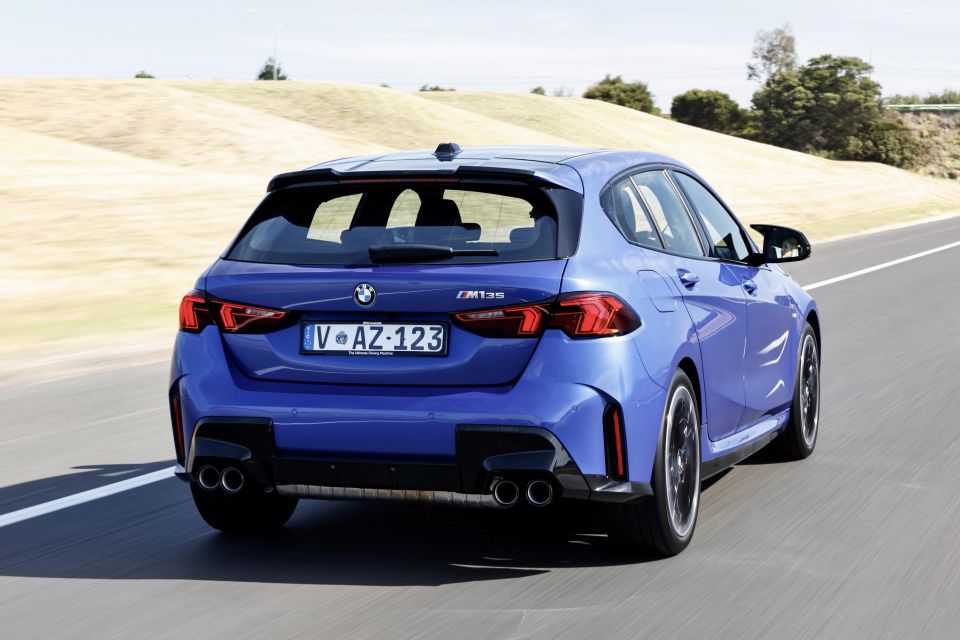
First are the drive modes, which have a significant impact on how the car feels on the road. The default Personal mode provides a good compromise between performance and comfort, though you will notice how firm the suspension is straight off the bat.
As you’d expect from an M-badged BMW, the suspension is firm enough to keep body roll well in check, yet it’s still surprisingly compliant over difficult bumps. Switching to Efficient mode will dramatically cut power, while also dulling the throttle response in an attempt to save fuel.
The steering remains light in both modes, which aids manoeuvrability around town. But the real deal of the M135 is its Sport mode, which is when everything gets turned up to 11.
The exhaust becomes louder, steering heavier, and the suspension stiffer, setting the car up for some properly fast driving. Its displays reflect these modes too, with the colours and amount of information presented on the digital instrument cluster adapting accordingly.
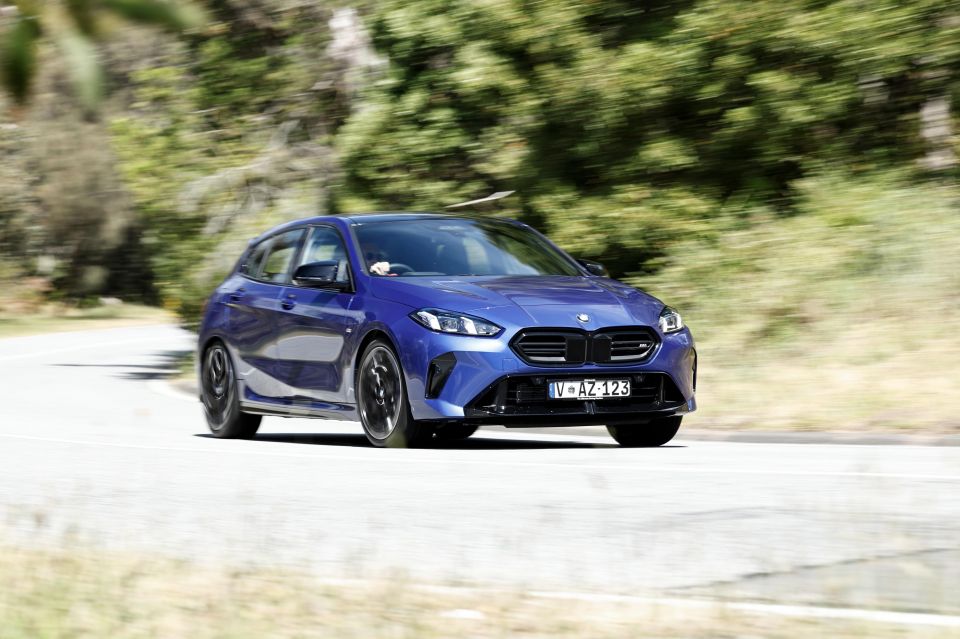
Where expert car reviews meet expert car buying – CarExpert gives you trusted advice, personalised service and real savings on your next new car.
Hitting the open road with Sport mode engaged is a lot of fun. Put your foot into the throttle and that 2.0-litre turbo four opens right up, with an appropriately loud exhaust note to match – even if it may be partly fake.
Throw it into a turn and you’ll feel just how well it sticks to the road. Even on the tightest bends we struggled to induce any serious understeer, and planting your right foot out of a turn won’t spin the wheels thanks to its AWD traction.
While the standard Sport mode will automatically shift the transmission into its own sport setting by default, the M135 has no issue letting you take control yourself via the paddle shifters, when the shifts are fast and responsive – and complemented by a unique feature on the head-up display.
When in Sport mode and shifting manually, the head-up display shows a shift indicator when you get close to redline, like the old-school gauges in previous M-cars. The lights that climb from yellow to orange and finally to red are a racy addition, and it all adds to the experience when you’re throwing the car around.
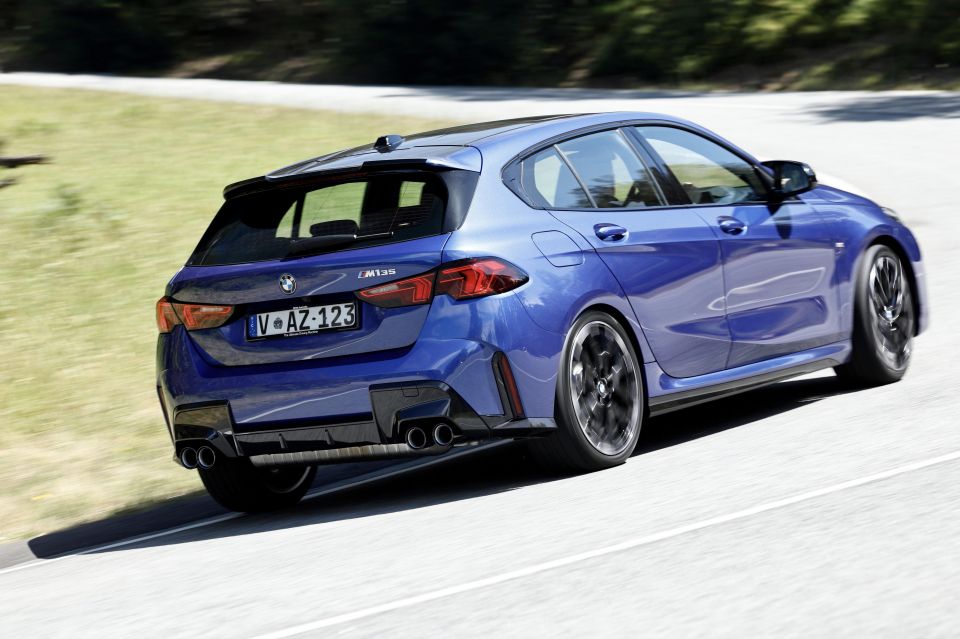
Naturally, the engine has a surprising amount of poke in it’s most aggressive mode. Though there has been a 50Nm reduction in torque, it never feels like M135 is hanging around and there’s always plenty of twist on tap.
In normal driving it may take a second for the transmission to kick down for optimum power, but Sport mode does well to keep the engine in its ideal range. But if you’re just cruising and need a quick boost of power, BMW has thought of that too.
As in the 118, holding the left paddle for a second or two will engage Boost mode, which provides 10 seconds of full power regardless of the drive mode selected, making it easier to overtake slower traffic thanks to a quick acceleration hit.
Despite its somewhat unassuming face, BMW has successfully managed to apply its ‘driver’s car’ ethos to the M135 xDrive without ruining its everyday appeal, and it’s impressive just how fun it can be on the right road.
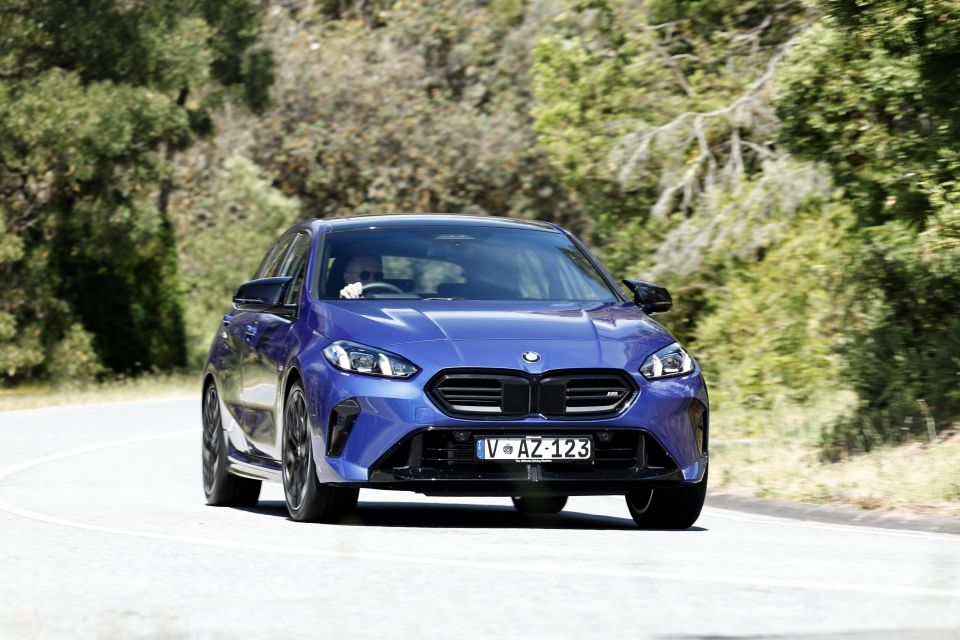
Of course, most won’t buy this car just to throw it around a mountain road or racetrack, so it’s pleasing it’s also such an easy car to live with on a daily basis.
Without the M Sport Package Pro you still get sporty seats, but they remain well within the realms of liveability. That means on rough roads or during the typical commute, you won’t be sore by the time you get to your destination.
As mentioned, the suspension does a good job of ironing out major bumps even if it is very much on the firm side, and we found that its ride quality helps boost confidence even in normal driving.
A downside may be that the dual-clutch transmission is a little hesitant at low speeds, but it’s by no means difficult to manage. Of course, that trait is typical of such transmissions anyway, and its application in the 1 Series feels much more polished than it does in some of the alternatives.
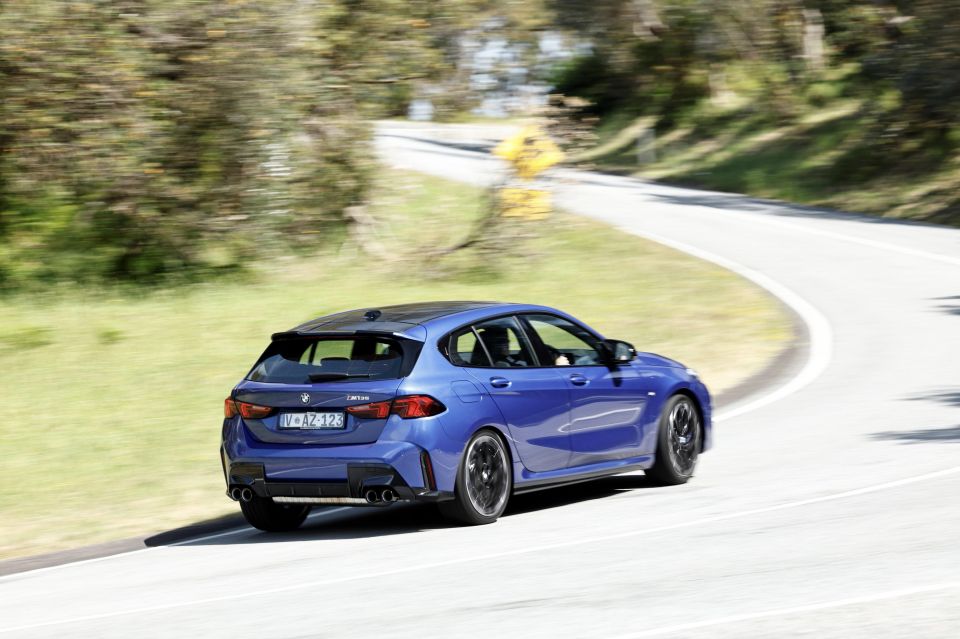
On the tech side, there’s also plenty to like. Though there is wireless smartphone mirroring, BMW’s native software is pretty clever and easy to use.
If you engage the native navigation, some interesting things happen immediately. Of course, the maps appear on the central screen and head-up display, but BMW has also cleverly integrated the car’s front facing cameras.
An augmented reality display will automatically appear on the infotainment screen, which shows the view out the front of the car while adding digital arrows to show you exactly where you need to go.
It’s a fun novelty when you first see it, but likely won’t be something you use all the time. The camera view takes up a significant portion of the map as well, but it can quickly be turned off if you’d rather do it the old fashioned way.
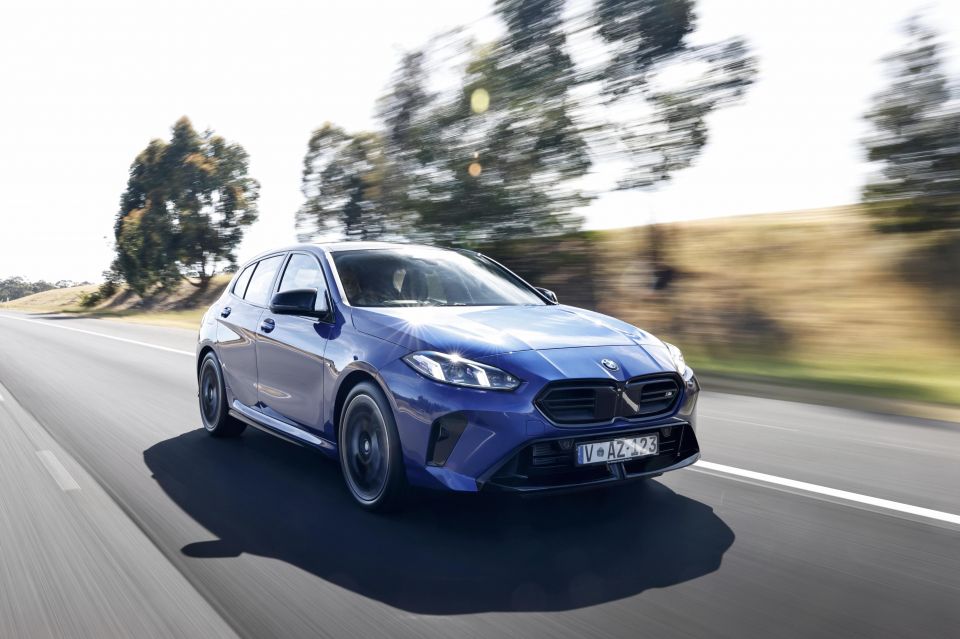
Thankfully, driver assist systems like adaptive cruise control and lane centring all work reliably, and even the driver monitoring function didn’t get in the way while on the road.
Another thing that can be easily turned off is the speed limit warning, because the M135 suffers from the same annoying beeps as the 118. It’ll beep when you first exceed the limit by any amount, and then beep again when your speed changes by even 1km/h.
Its volume and tone aren’t nearly as intrusive as in some other cars, but they quickly become grating. Unfortunately, just keeping up with traffic will often see the speedo reading higher than your actual speed, so a quick dive through the infotainment menus is the easiest way around its warning.
Diving through those menus isn’t as simple as it is in the 118 though. There are loads more screens to flick through and many more settings that can be changed because of those optional extras, which makes things overwhelming if you’re looking through it for the first time.
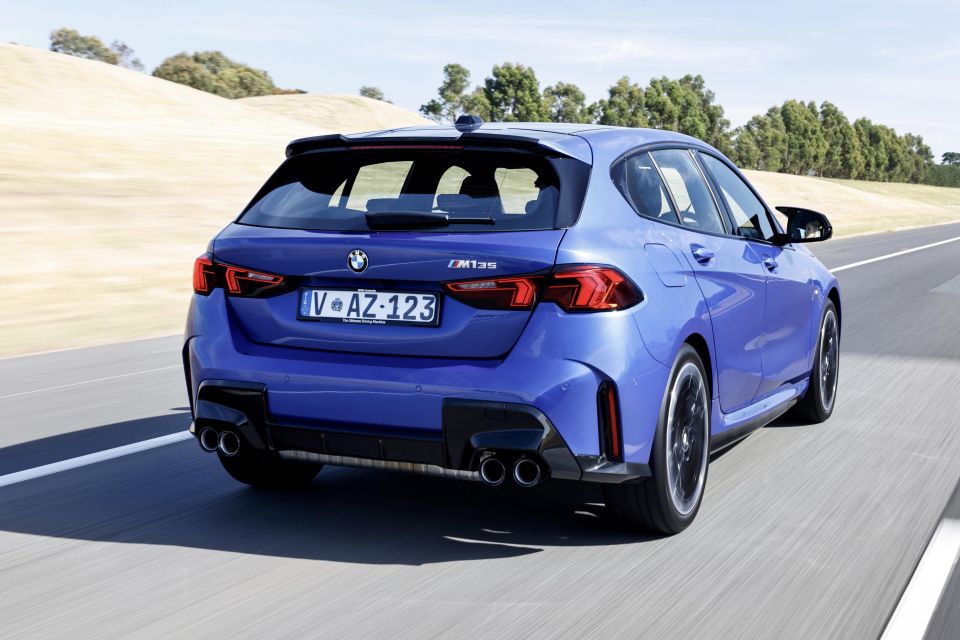
For that reason it pays to take a moment to have a look through the multimedia system before you hit the road, because unless you have a passenger it won’t be easy to identify everything while you’re moving.
That said, after a while many owners may appreciate the level of choice available. The modes are easy enough to navigate once you’re used to the car, and the minimalist approach to physical controls never really gets in the way of making the car do what you want it to do.
Overall, we were pleasantly surprised with the M135 xDrive’s on-road performance.
It’s just as fast as you’d like it to be, thanks to an engine that’s as great as its chassis, forming a combination that’s deeply rewarding when you drive it aggressively and access its limits.
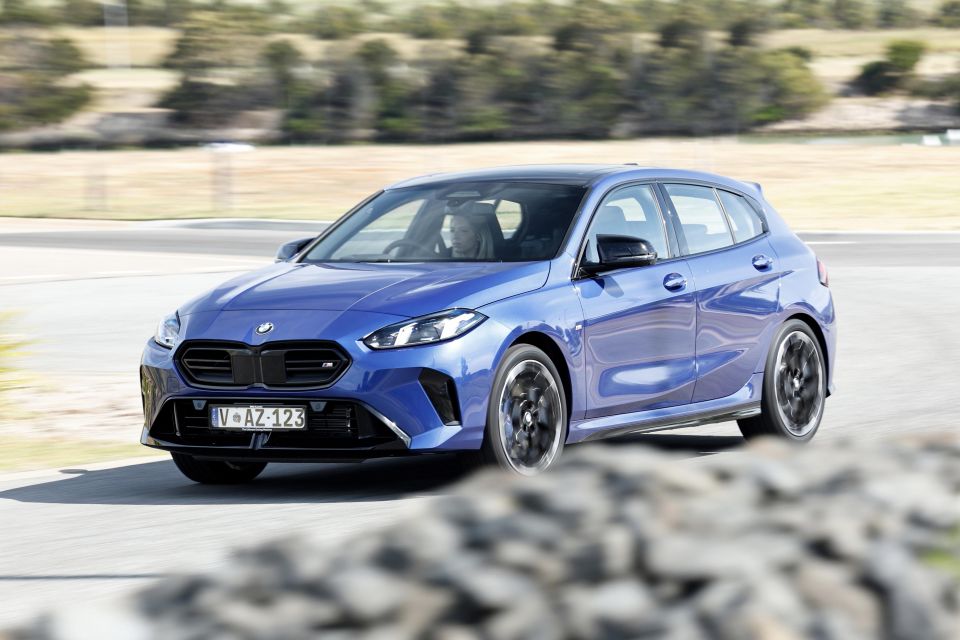
While it may ride and handle a lot like the 118, the increase in power makes this car a much more complete package.
Indeed, ride quality and dynamics are the highlights of the M135, even if it is geared more towards the latter. We could just do without those speed limit warnings, and perhaps a pruning of the driving-related menus.
To see how the BMW 1 Series stacks up against its rivals, use our comparison tool
The 2025 BMW 1 Series range is available in two variants, and the top-spec M135 xDrive is as good as it gets in terms of standard tech. If you can spring for the M Sport Package Pro, you’ll bring the new 1er as close as possible to the full-fat ‘M1’ that BMW will never build.
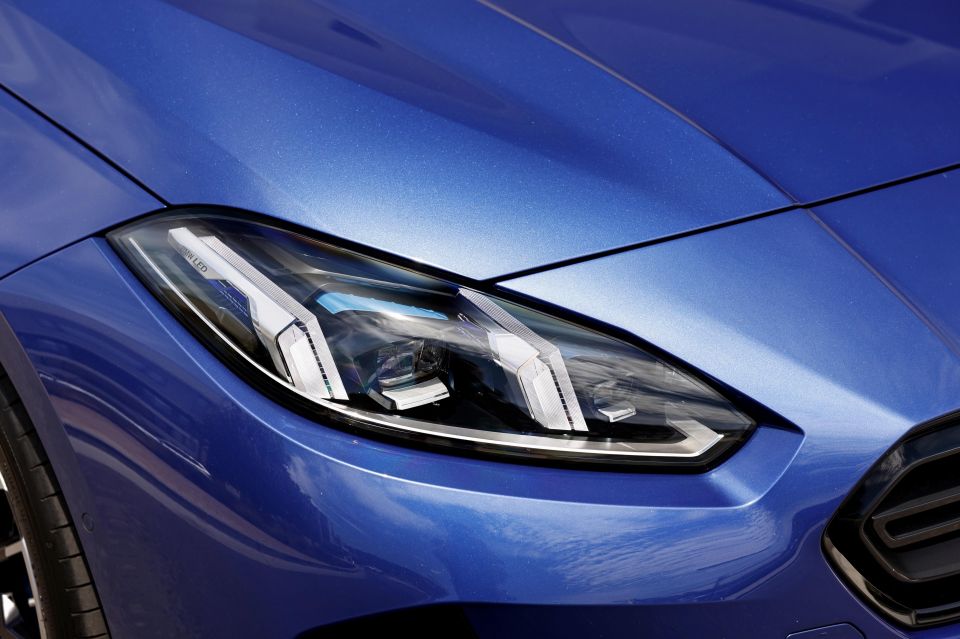
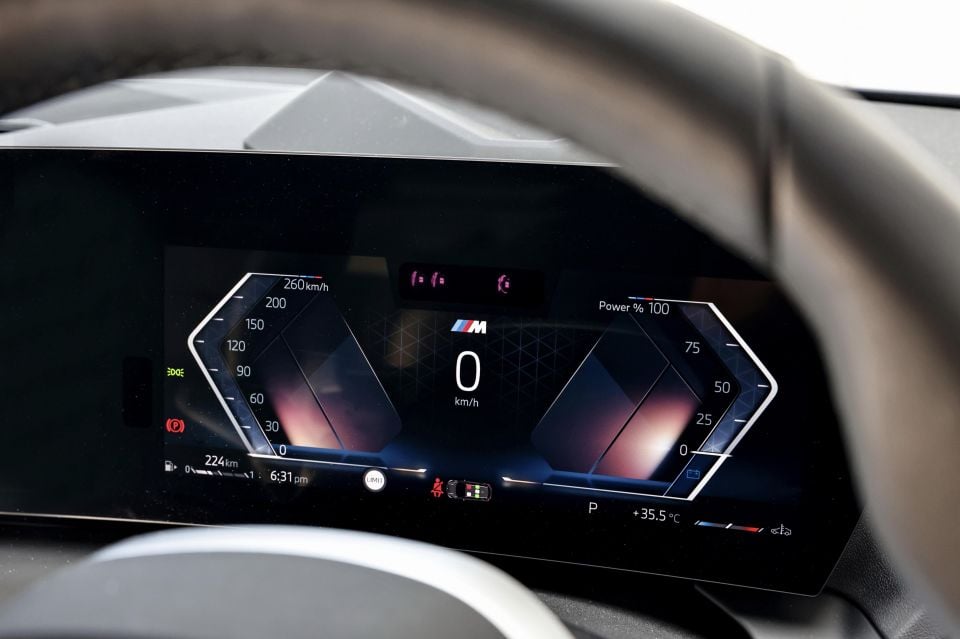
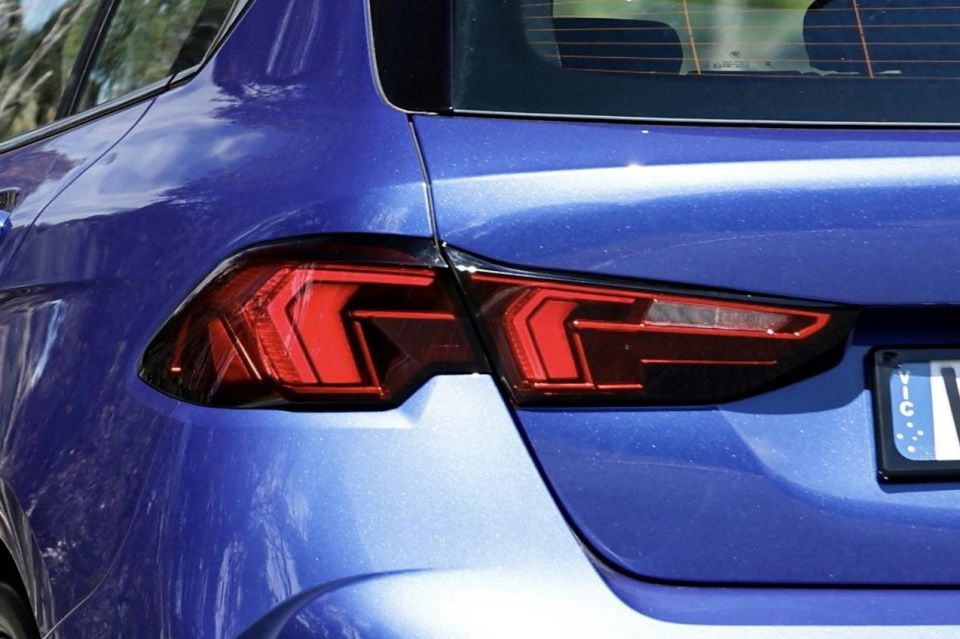
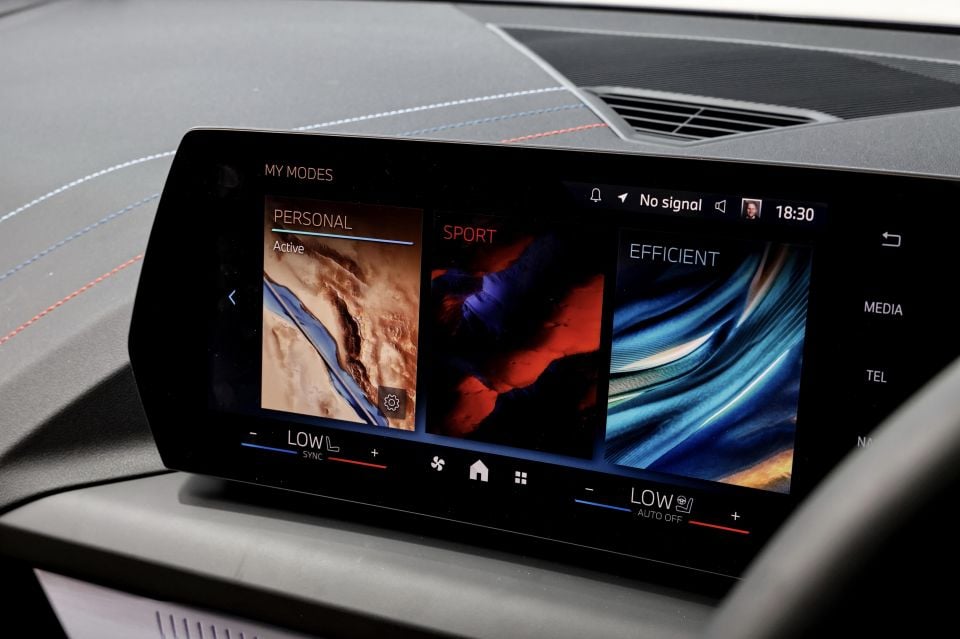
2025 BMW 118 equipment highlights:
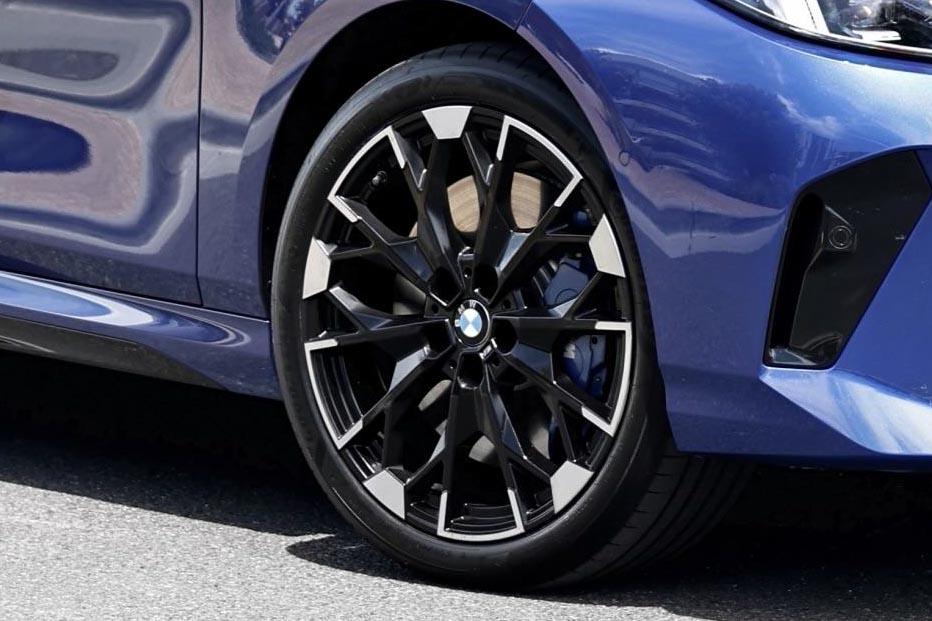

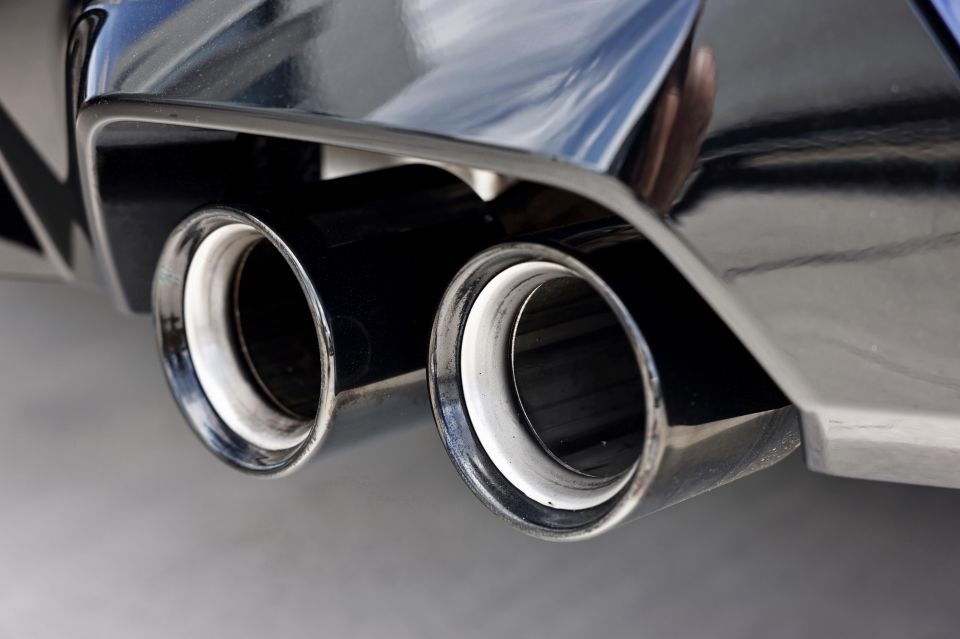

M135 xDrive adds:
The optional M Sport Package Pro ($2700) adds:
The 2025 BMW 1 Series has yet to be assessed by ANCAP or Euro NCAP.
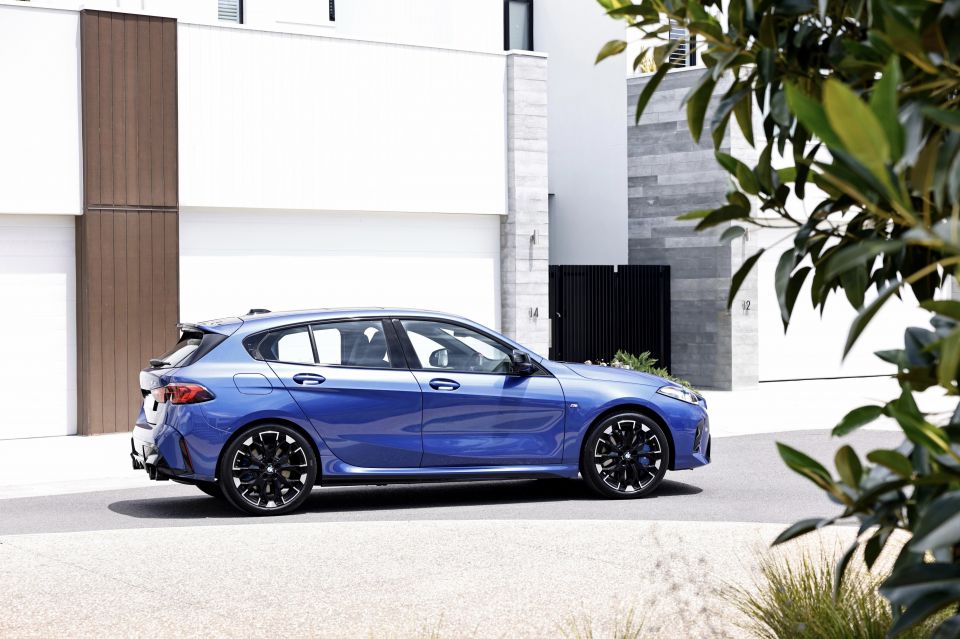
Standard safety equipment on the 118 includes:
The M135 xDrive adds:
The BMW 1 Series range is covered by the German brand’s five-year, unlimited-kilometre warranty.
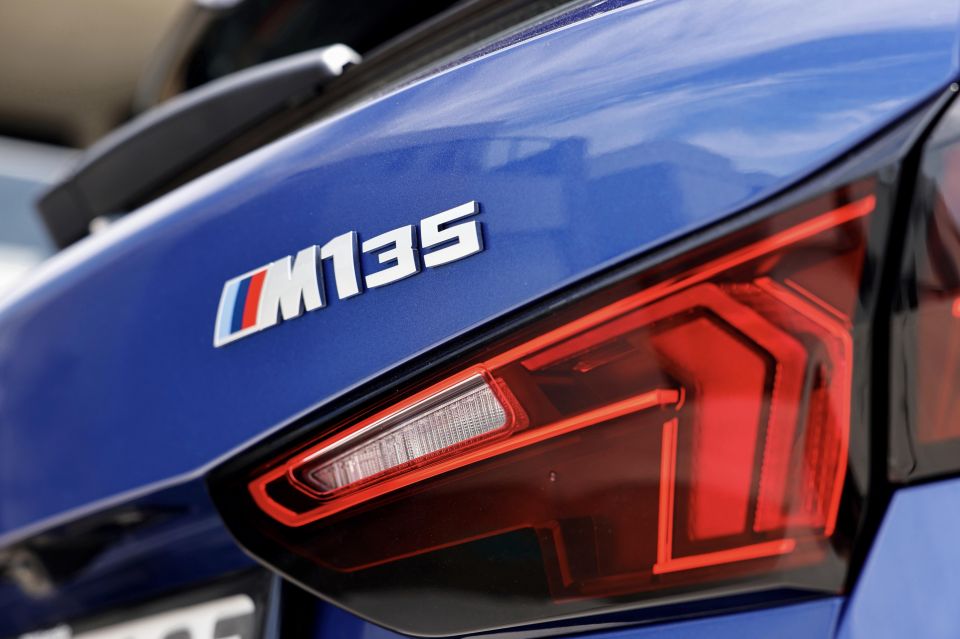
BMW offers a five-year, 80,000km Service Inclusive Basic package for the 1 Series, which costs $2210 as per the 2 Series.
| Running costs | BMW 1 Series |
|---|---|
| Warranty | 5 years, unlimited kilometres |
| Roadside assistance | 3 years |
| Service pack | 5 years, 80,000km – $2210 |
To see how the BMW 1 Series stacks up against its rivals, use our comparison tool
The new BMW 118 is good, but the M135 should be high on the list for any European hot hatch enthusiast.
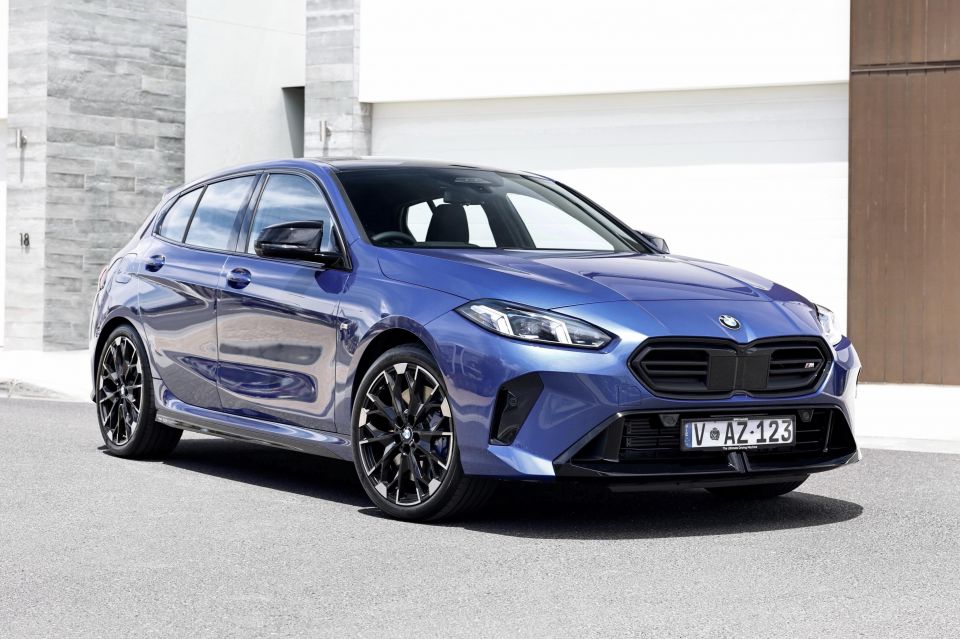
Sure, its price may be higher than some of its non-European alternatives, but against its immediate rivals it’s right where it needs to be.
It backs up its price with upmarket interior presentation, ergonomics and build quality, as well as a plethora of advanced tech as standard. What is disappointing is the fact you need to pay extra for the M Sport Package Pro goodies to really separate this from the 118, but the M135’s standard spec is still nothing to sneeze at.
But all that is forgotten when you hit the road, where the bristling turbo four slams down exceptional performance, and its sharp chassis setup is plenty capable of maximising every ounce of it in the bends, even if it eschews the rear-drive layout for which BMW was famous.
However, the M135 is just as well suited to the weekday grind, where its practical yet compact five-door body, premium high-tech interior and well-sorted ride may well be the icing on the cake.
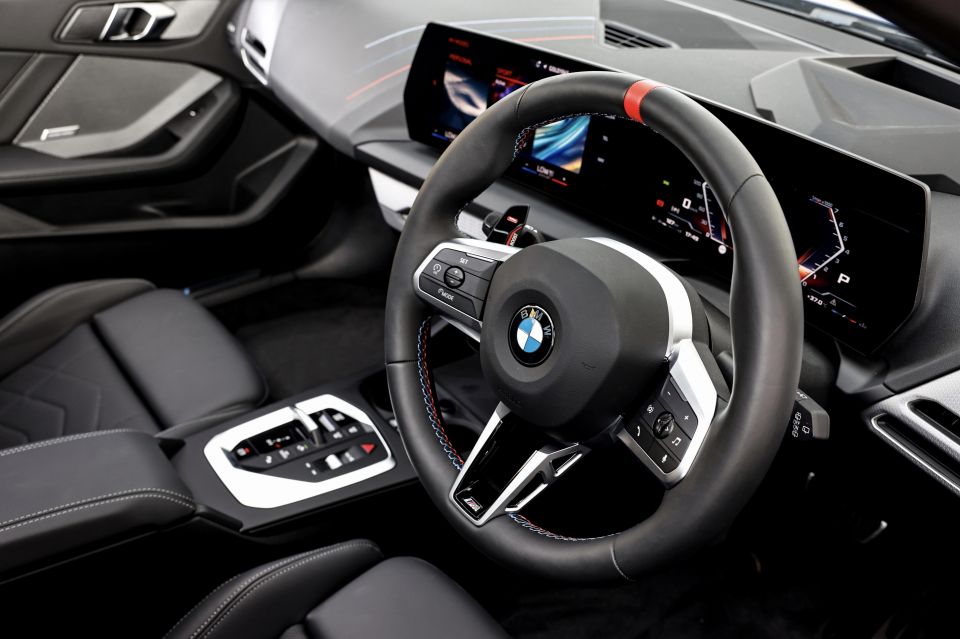
Of course it isn’t all perfect, because there’s almost a dizzying amount of settings and menus to wrap your head around. A lot of it is optional, but we’d forgive you for not being able to figure it all out on your own.
The speed limit warning is annoying too, and it’s not made any better by the fact you have to trawl through those menus to turn it off. You’d get used to it if you lived with the car though, but some more physical buttons for such shortcuts would go a long way in tightening up the experience.
Nevertheless, we’re very impressed with the M135. It offers everything you’d need in a performance-oriented hatch while carrying BMW’s exceptional standards for quality and driver experience – partly helped by the fact some of the competition has lost its way in recent years.
If you can get over the price and optional extras, the new performance 1er is undoubtedly worthy of your time.
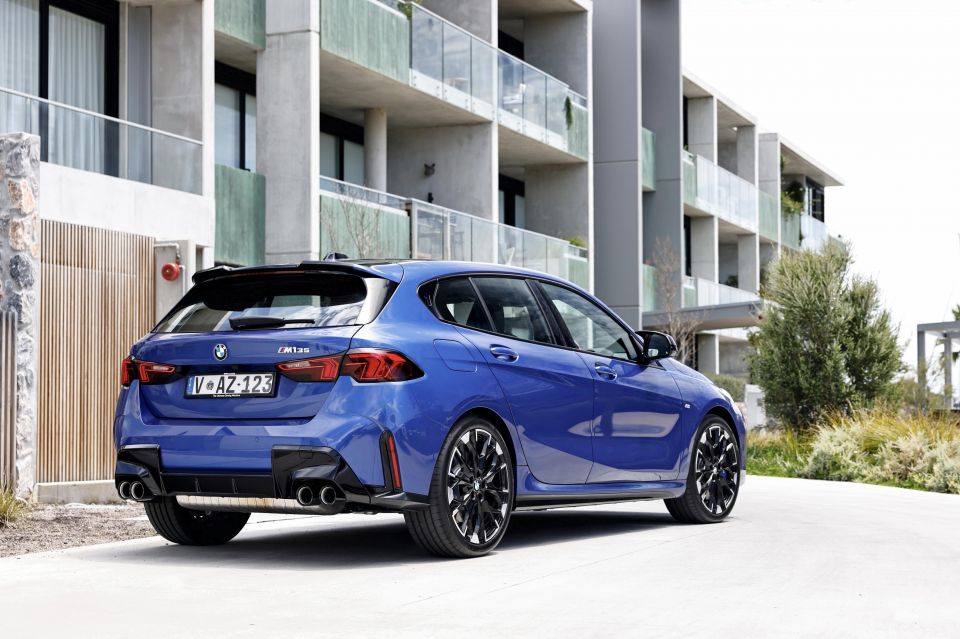
Interested in buying a BMW 1 Series? Get in touch with one of CarExpert’s trusted dealers here
Click the images for the full gallery
MORE: Everything BMW 1 Series
Where expert car reviews meet expert car buying – CarExpert gives you trusted advice, personalised service and real savings on your next new car.
Max Davies is an automotive journalist based in Melbourne, Australia. Max studied journalism at La Trobe University and stepped into the automotive world after graduating in late 2023. He grew up in regional Victoria, and with a passion for everything motorsport is a fan of Fernando Alonso.


Max Davies
2 Months Ago
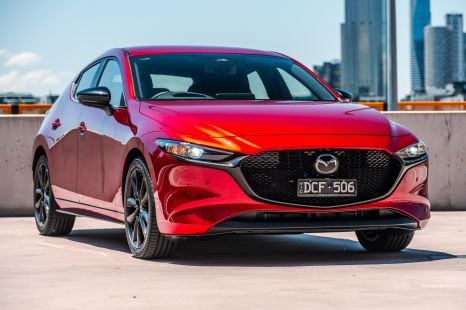

Josh Nevett
2 Months Ago


William Stopford
2 Months Ago
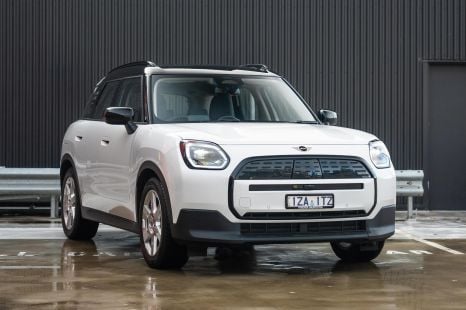

Josh Nevett
1 Month Ago
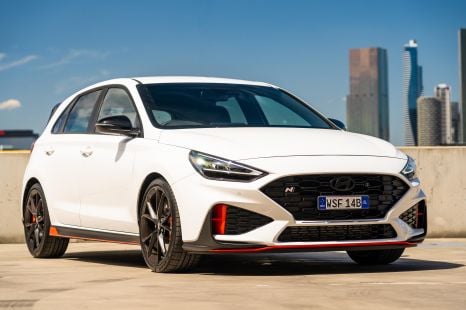

Josh Nevett
1 Month Ago
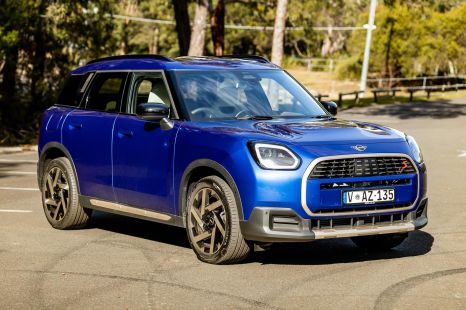

Matt Campbell
1 Month Ago